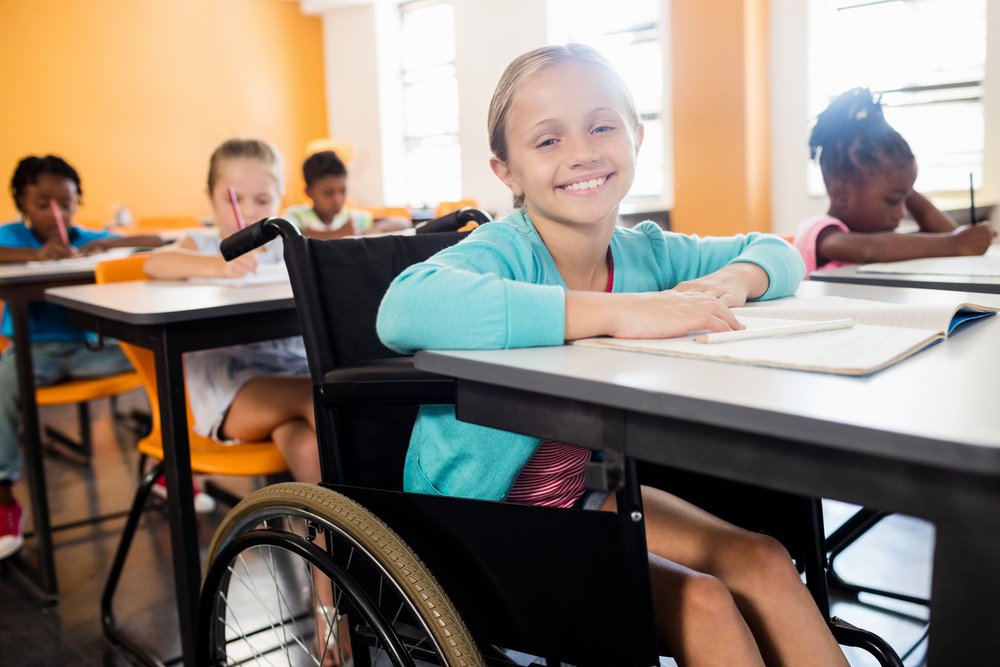Motor Development Delay Increases with Age in Children with Dravet Syndrome, Study Shows

Motor development is delayed in most children with Dravet syndrome older than 2, and this delay increases with age, research shows.
The research article, “Motor development in children with Dravet syndrome,” was published in Developmental Medicine & Child Neurology.
Early motor development is important for self-sufficiency and performance in daily activities for any individual. However, children with Dravet syndrome experience delays in early gross motor milestones, such as sitting and walking independently, and the course of motor development for these children throughout childhood remains unclear.
“Mapping motor development in these children can provide insights to enhance therapy planning, thereby improving their independence and can thus reduce the load on parents and caregivers,” the researchers wrote. “Because of a lack of knowledge concerning the motor development in Dravet syndrome, no adequate treatment can be proposed.”
Therefore, the researchers, from the University of Antwerp, examined a large cohort of children with Dravet syndrome, obtaining information retrospectively from medical records of patients treated between February 1985 and March 2018. They investigated the clinical records of 43 children (21 males and 22 females, with a mean age of 4.5 years at last assessment) that met the diagnostic criteria for Dravet syndrome.
Overall motor age equivalents (age based on motor skills compared with chronological age) were available for 22 children. Multiple results from the same child were included, which resulted in 38 overall motor age equivalents (19 male and 19 female results). Twenty-nine of 38 results were found to be below the age equivalent, which indicated motor delays.
The most frequent delay observed was for sitting independently, in 7 of 14 children with Dravet syndrome. In typically developing children, sitting independently happens between the age of 3.8 and 9.2 months. However, 50% of children with Dravet (7 of 14) reported sitting independently later, between 6 and 12 months of age.
Similarly, roughly half of children with Dravet (11 out of 25) began walking independently beyond the age range that unaffected children begin — typically developing children begin from 8.2 to 17.6 months of age compared with 11 to 37 months for children with Dravet. Also, the age at which they began to walk independently was very diverse.
Data was available for fine motor development in 18 children, and gross motor development in 13 children. Fine motor skills are those that require a high degree of control and precision in the small muscles of the hand (such as using a knife or fork). Gross motor skills use the large muscles and include broader movements, such as walking or jumping.
Gross motor delay was present in all 7 assessments, and fine motor delay in 10 out of 13 assessments of children with Dravet.
A delay in motor development occurred in all five domains — balance, visual motor integration, strength, coordination, and locomotion — according to results from a total of 16 children.
Motor delay was already evident before the age of 2 when taking into consideration gross motor results. Overall motor development is delayed in most children with Dravet syndrome older than 2, and this delay increases with age.
The researchers recommend future large group studies to define the evolution in motor development for each child with Dravet syndrome, and carefully mapping the evolution of motor development for each individual. This information is critical to develop adequate treatments for motor impairments, they said.
“Encouraging children with Dravet syndrome who show early signs of motor delay to gain more movement experience could be valuable for their motor development later in life,” the researchers wrote. “By gaining confidence in their movements, more stability will be created.”


